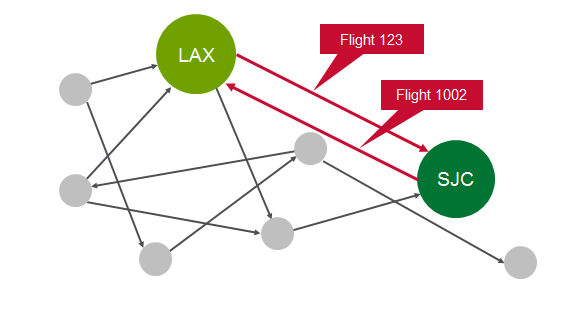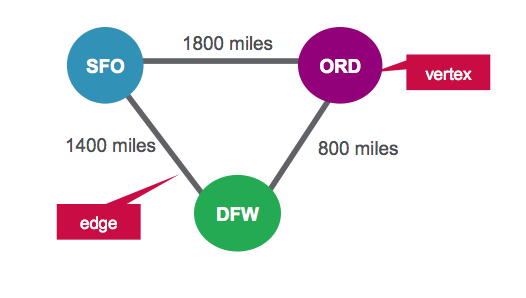GraphX 3 - vaquarkhan/Apache-Kafka-poc-and-notes GitHub Wiki
Flight Data Analysis using Spark GraphX
Problem Statement: To analyze Real-Time Flight data using Spark GraphX, provide near real-time computation results and visualize the results using Google Data Studio.
Use Case – Computations to be done:
- Compute the total number of flight routes
- Compute and sort the longest flight routes
- Display the airport with the highest degree vertex
- List the most important airports according to PageRank
- List the routes with the lowest flight costs
We will use Spark GraphX for the above computations and visualize the results using Google Data Studio.

The property graph isa directed multigraph which can have multiple edges in parallel. Every edge and vertex has user defined properties associated with it. The parallel edges allow multiple relationships between the same vertices.

As a starting simple example, we will analyze three flights. For each flight, we have the following information:
Originating Airport Destination Airport Distance
SFO ORD 1800 miles
ORD DFW 800 miles
DFW SFO 1400 miles

///FileStore/tables/2ko1cy131507093159673/USA_Flight_Datset___Spark_Tutorial___Edureka-c5240.csv
import org.apache.spark._
import org.apache.spark.rdd.RDD
import org.apache.spark.graphx._
// create vertices RDD with ID and Name
val vertices=Array((1L, ("SFO")),(2L, ("ORD")),(3L,("DFW")))
val vRDD= sc.parallelize(vertices)
vRDD.take(1)
// Array((1,SFO))
// Defining a default vertex called nowhere
val nowhere = "nowhere"
// create routes RDD with srcid, destid, distance
val edges = Array(Edge(1L,2L,1800),Edge(2L,3L,800),Edge(3L,1L,1400))
val eRDD= sc.parallelize(edges)
eRDD.take(2)
// Array(Edge(1,2,1800), Edge(2,3,800))
// define the graph
val graph = Graph(vRDD,eRDD, nowhere)
// graph vertices
graph.vertices.collect.foreach(println)
// (2,ORD)
// (1,SFO)
// (3,DFW)
// graph edges
graph.edges.collect.foreach(println)
// Edge(1,2,1800)
// Edge(2,3,800)
// Edge(3,1,1400)
//1. How many airports are there?
val numairports = graph.numVertices
//2. How many routes are there?
val numroutes = graph.numEdges
//3. which routes > 1000 miles distance?
// routes > 1000 miles distance?
graph.edges.filter { case Edge(src, dst, prop) => prop > 1000 }.collect.foreach(println)
// Edge(1,2,1800)
// Edge(3,1,1400)
//4. The EdgeTriplet class extends the Edge class by adding the srcAttr and dstAttr members which contain the source
and destination properties, respectively.
// triplets
graph.triplets.take(3).foreach(println)
//((1,SFO),(2,ORD),1800)
//((2,ORD),(3,DFW),800)
//((3,DFW),(1,SFO),1400)
//5. Sort and print out the longest distance routes
// print out longest routes
graph.triplets.sortBy(_.attr, ascending=false).map(triplet =>
"Distance " + triplet.attr.toString + " from " + triplet.srcAttr + " to " + triplet.dstAttr +
".").collect.foreach(println)
//Distance 1800 from SFO to ORD.
//Distance 1400 from DFW to SFO.
//Distance 800 from ORD to DFW.